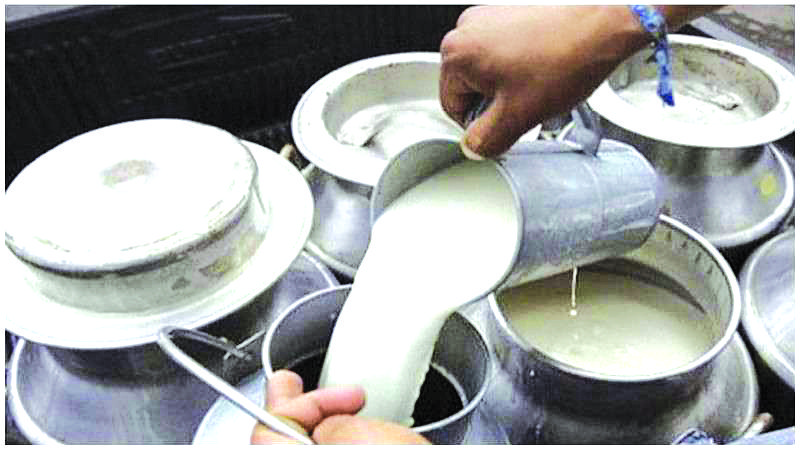Revival of dairy co-ops spurs rural economies

Re-emergence of dairy farmers’ co-operative societies in counties has intensified competition in the multi-billion industry and threatening to interrupt market share currently enjoyed by large milk companies.
Capitalising on installation of cooling facilities in addition to undertaking value addition and the rapid urbanisation, the small dairy companies target three billion litres of milk consumed at household level out of 5.2 billion litres produced annually.
“The emergence of the small dairy companies has contributed to reduced cases of contaminated milk and creation of job opportunities to the youth and women,” said Simon Chelugui, the outgoing Co-operative and Micro and Small Enterprise Development Cabinet Secretary.
He added that adoption of digital systems and rapid urbanisation has greatly led to revival of small dairy farmers co-operative societies hence boosting economies in counties.
“Government has committed to guaranteeing food production and safety through the aggregation model. Reviving and establishing new dairy farmers co-operatives will spur rural economies and guarantee more liquidity to farmers,” he added during a recent interview in his office.
Speaking during a media tour of Narok, Nakuru, Baringo and Nyandarua counties, Co-operative University of Kenya (CUK) Prof Kennedy Waweru said the revival of the dairy societies in the counties has contributed to bridging the gap in terms of milk distribution to the increasing population.
He added that the promotion of the small dairy farmers co-operative institutions has contributed to growth of the economy, especially creation of jobs among the youth and women, establishment of small businesses and supply of more cash in the rural economies.
The rise of the small dairy institutions follows renewed attention by the government, private sector agencies and other value chain players.
Aggregation centres
“The revival of the dairy co-operative societies is contributing to wealth creation in the rural areas as farmers benefit from more income from the sale of milk. Further the aggregation centres have created the emergence of new small businesses like green groceries, transport especially boda boda and strengthened families, “said Waweru.
According to the Kenya Dairy Board (KDB) milk aggregation has led to an increase in the number of dairy farmers co-operatives from 670 in 2021 to 770 in 2023 in counties. The aggregation dairy business model has aggravated urbanisation and high demand for safe milk. Some of the dairy societies in the counties have recorded remarkable market share and thus turned out to be suppliers to big dairy companies.
Nairagie Enkare Dairy Farmers’ Co-operative Society in Narok County is one of the examples of small dairy co-operative societies started in the 1960s but collapsed due to leadership wrangles.
Solomon Munke, the society’s chairman said he was happy the aggregation centre is able to bring together dairy farmers from the region of Nairagie Enkare region and its vicinity.
“Farmers have benefited from economies of scale in terms of procuring farm inputs and other benefits like direct market of the milk to the big boys,” he said during a recent media tour of the area. He said farmers are no longer hawking milk like before as the County Government of Narok donated to them a milk cooler thus able to preserve milk for long.
In Narok, Baringo and Nyandarua counties the establishment of dairy co-operative societies has helped in farmers adopting current farming models especially even zero grazing. This has seen the replacement of indigenous breeds with exotic dairy cows like the Friesian, Ayrshire, Jersey and Guernsey that are highly productive in terms of milk production.












